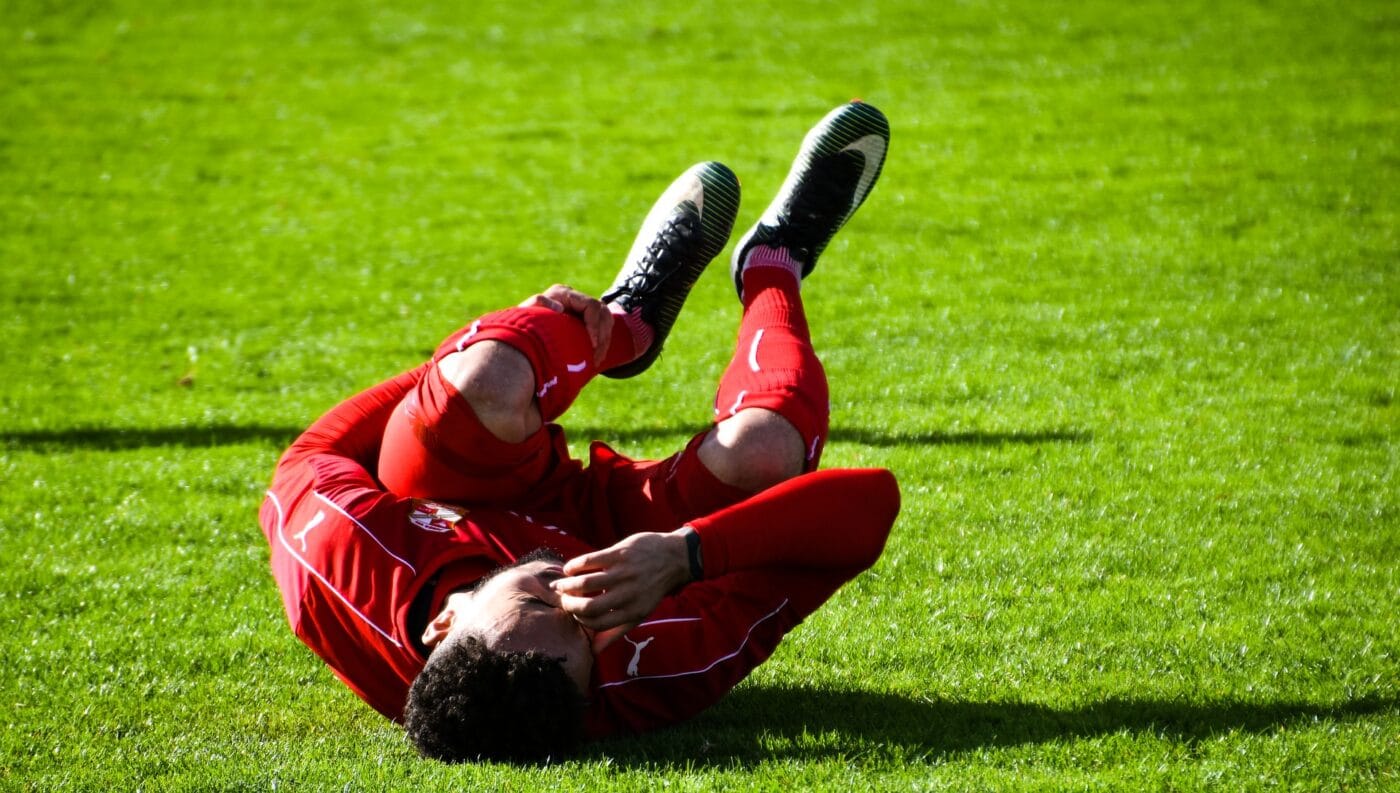Women’s football has become one of the fastest-growing sports in the UK, with statistics showing that 10.5 million women are now considering joining a local football team, influenced by the success of the 2022 European Championships taking place across the UK.
As well as the Euros, warmer weather and sunnier days means people are getting out more and taking up new sports, making it important that people are taking precautions to prevent injuries and know what to do if they do get injured.
Dr Luke Powles, Clinical Director at Bupa Health Clinics outlines the most common football injuries and how to treat them:
- Anterior Cruciate Ligament (ACL) – An individual’s ACL is important as it’s the stabilising ligament within your knee (middle of the knee). It’s a hard band of tissue which joins the thigh bone to the shin bone at the knee joint. It’s normally injured where the upper part of your leg twists or moves mistakenly and the lower part of your leg is still. For instance, partaking in a tackle or trying to land a jump whilst moving.
If you have sprained your ACL, it can be managed via rehabilitation or physiotherapy. However, if you injure your knee, follow the steps of POLICE (below). If it’s still swollen after several days, it’s important to seek advice from a physiotherapist.
- Lateral Ankle Sprain – Is usually caused by a forced inversion movement, where the side of the ankle is torn, it typically occurs when the foot is rolled inwards. For example, either from a misstep or following from a tackle.
A lateral ankle sprain can last from 2-12 weeks and the individual should complete these three steps to regain movement within the ankle. Which include:
- Make sure to rest and use ice to limit any swelling. A good dose of ibuprofen can help manage the pain.
- Try to start including some motion exercises and stretching – to start improving balance.
- Involving complex exercises to steadily return to being able to move your ankle smoothly.
- Hamstring Injury – Is a strain or tear to the tendons and or muscles at the back of the thigh. Which is caused when an individual is sprinting as it’s a type of moment which puts more tension on the muscles.
A hamstring injury will heal eventually on their own in a few days or weeks. Make sure to rest the injured leg, keep it elevated and use cold packs or ice for the first couple of days. Also, be sure to take regular painkillers such as paracetamol to reduce pain.
- Wrist Sprain – Commonly caused by a fall on an outstretched arm, which causes the wrist to rotate oddly. Also, with repetitive movement of the wrist can cause in the tearing of the wrist’s cartilage away from the bone overtime – so be sure to follow procedure when spraining your wrist.
Wrist sprains usually take 2-10 weeks to heal, where the greater the pain the longer it’ll take to heal. So, why you should follow the POLICE method and make sure to make it your priority to wrap the injury as it will stabilize the joint and aid with recovery.
- Hip Pointer – Is tenderness on the upper outside of your hip. Or a bruise on the iliac crest and it’s surround structures. Iliac crest is the largest of three bones that make up the pelvis which is located along the brim of the pelvis.
Symptoms of the injury include:
- Pain or tenderness to the touch (upper hip).
- Limited mobility in your hip.
- Weakness in your hip or leg where the injury has taken place.
- Bruising or swelling.
Hip Pointers normally take 1-3 weeks to heal fully. As with many injuries, the method of POLICE is required where you’d want to stay off your feet, so the use of crutches may speed up your recovery if your doctor has recommended them.
If you do get injured it’s important you seek help as soon as possible, this can be from a doctor or a physiotherapist who’ll be able to support with treatment. There are some things you can do to help reduce swelling, pain and help recovery.
POLICE Method:
- P – Protect the injury from further damage. You’ll need to rest after the injury, depending on the injury, consider using some form of support or a splint.
- OL – Optimal loading, start to put weight on your injury and build up your range of mobility.
- I – Ice, place a cold compress such as a bag of ice or frozen peas, wrapped in a towel onto the injury.
- C – Compress the injured using a bandage to help reduce swelling.
- E – Elevate the injury.
If you do have an injury, make sure you listen to your body and don’t return to exercise until you are properly healed as this could make it worse. If your injury is serious and you’re in a lot of pain make sure to seek immediate medical attention.
